Propane rules the RV and camping world. As a long-standing fuel for furnaces, stoves, fridges, and more, propane tanks can be seen on most RVs. And even those without visible tanks often have tanks hidden within the RV’s shell, safe and sound. Because of this fact, it’s important to keep your RV propane system in good and working order so that your vacation stays on track.
Which is Best - Electric or Propane?
The short answer: propane is better. The long answer: it’s complicated. Propane is the cheaper option unless you are staying somewhere with unmetered shore power. With unmetered shore power, the electric cost does not go up the more you use it; it is already set in the cost of your stay. If you’re not sure about whether the campground you’re staying at has metered or unmetered electricity, just ask.
You should also take into consideration the length of your stay. Propane is generally cheaper, even when compared to the cheaper electricity, however, if you stay in one place long enough, you will need to refill your propane tank or exchange it. In the winter times, you can burn through your propane quickly, leading to refilling or replacing them more frequently. Even still, though, propane is generally more efficient than electricity when it comes to heating. As an added plus, propane prices don’t really rise as much in more expensive regions, making them an even better option.
Tips To Lower Your LP Usage
If you’ve tallied up your daily propane usage and aren’t too happy with the number, then we have some tips that can help to bring it down. With the lower fuel usage, you can use a smaller tank, refill or exchange it less often, or simply have less stress about running low.
Drive with the propane off. Try not to use any propane-powered appliances while you’re driving. For the fridge, you almost always have an option to use DC power instead. Try switching it to electricity while you’re driving to save on propane. It’s more efficient and safer as well. When you’re moving, something could happen to the LP gas line, causing gas to escape and build up, leading to safety problems. By turning off the propane gas in your rig while you’re driving, you’re saving it and preventing any of these lines from rupturing.
Insulate your RV. Like many things on your RV, propane efficiency can increase with better insulation. A better insulated RV means less trouble for the fridge, heater, stove, and anything else that deals with heat or cooling. Try and make sure your RV is as insulated as possible.
Find the best prices. Call around and check out the gas stations around you to find the best prices. While this won’t help to conserve the LP supply itself, it’ll help you to save money when you need to refill or exchange it.
Manually conserve energy. You can also save on gas by simply choosing to use less. Rather than turning up the furnace, throw on an extra hoodie. Rather than using the oven, try making a dish on the stove or campfire. Doing small things like these can add up to a big difference and are particularly useful when you’ve noticed you’re running low and don’t want to stop at the gas station just yet.
LP-Gas Tank Safety
Propane gas is not something to be fooled around with. If you’re not sure what to do or how to hook things up, it is best to consult a professional or someone with propane experience. Before you can enjoy the grill cookout or the hot furnace, safety needs to be addressed. Always keep a gas emergency contact available where you can see it for emergencies and make sure you know what all goes into your propane system before you use it. To help you out with the second one, we’ve compiled a list of the main parts that make up a propane tank.
Fill valve. This is what the gas supplier will use to attach a hose to it when (or if) it gets filled.
Liquid withdrawal valve. This piece removes the liquid propane from the tank itself.
Fixed liquid level gauge (or OPD on a DOT tank). This is a gauge you can use to monitor the tank when it reaches 80% capacity. This is the max amount you should fill the tank to. It is never supposed to be filled all the way to the top of the tank. This is done to allow for expansion. On a DOT tank, these are a triangular-shaped handwheel on the service valve.
Service valve. This is where the propane is converted from a liquid to a gas for it to be used.
Float gauge. This gauge shows you how much propane is in the tank.
Vapor return valve. This piece of the tank is used during propane delivery to remove any excess pressure inside the tank.
Relief valve. This valve is a safety function that vents the propane gas when there is too much pressure in the tank. When there is not enough room for expansion and the pressure is not released, liquid propane could be forced into the system, causing problems. Because of this valve, DOT cylinders should not be stored in enclosed places, where vented vapor can build up and possibly ignite.
As a note on LP cylinder certification: LP-gas cylinders are rated to last up to 12 years, after which they will need to be checked out and recertified. After this date, they will need to be recertified every 5 years. You can find the date of manufacture engraved on the cylinder collar. If you are exchanging your tanks rather than keeping and refilling the, you will not need to recertify them.
Propane FAQs
Can I leave the propane on while I drive?
One of the most common questions with propane is whether or not it’s a good idea to leave it on while you drive. While there is no simple answer to this question and there are a ton of RVers who leave their propane on while you drive, we would recommend against it. This is for the simple matter of safety. Leaving the gas on while you’re driving could expose you to some risks that might not be worth it. A line could be severed in an accident and can ignite instantly.
Even if the line is not severed, it can be damaged and release gas. This gas can build up and can cause problems later down the line. If you have the option to, we recommend using electrical power for any items you do not want to turn off while on the road. This will allow you to run your appliances while keeping your propane system safe. You can even run your AC unit this way. Of course, there are some RVs that will disable the 2-way system when you’re driving to prevent your alternator from being overloaded.
If you know your system and have a good battery capacity, however, it may be possible. If none of these options work for you, you also have the option of simply driving without the appliances on. As long as you don’t open your fridge, you should be alright for the few hours that you’re on the road. Whatever method you choose, just make sure that you turn the propane system off at gas stations and, in some states, when going through tunnels to maximize safety and comply with safety laws.
Where is the propane tank located?
Depending on the RV, the propane tank may be located in a few places. If you have an ASME tank, it will likely be on the inside, stored away and out of site in a permanent mounted position. If you have the portable DOT tanks, you could find them on the front of the trailer, visible from the outside. They could also be located under the coach with some other mechanical systems such as your plumbing system. If you are unsure where your propane tank and system are located and are not able to find it, contact the RV manufacturer for assistance.
What is cheaper, to refill propane tanks or exchange them?
Generally speaking, it’s cheaper to exchange existing propane tanks. You can do this at many camping stores, campgrounds, and other various designated propane stations. Just keep in mind that refillable propane tanks do expire and lose their certification. You’ll need to have up-to-date tanks and once they are no longer in good condition, you’ll need to exchange them for a better and safer tank.


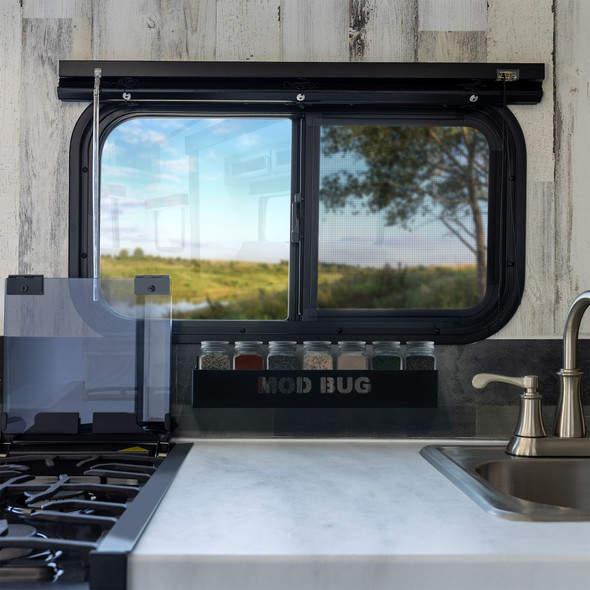 $31.95
$31.95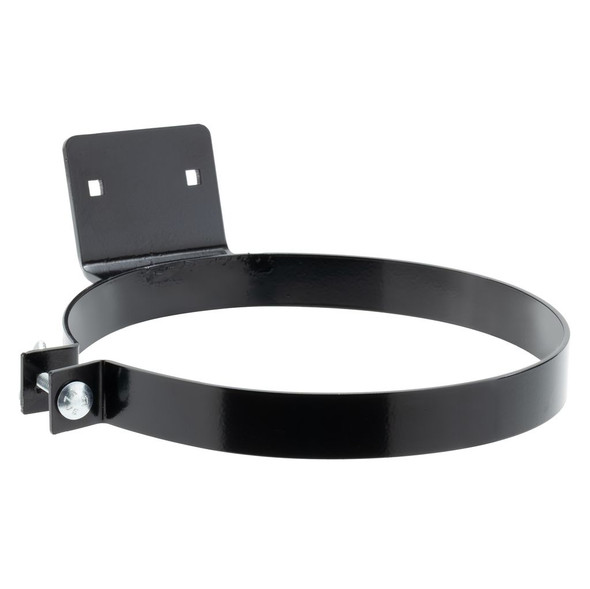
 $31.95
$31.95
 $37.95
$37.95
 $64.95
$64.95
 $59.95
$59.95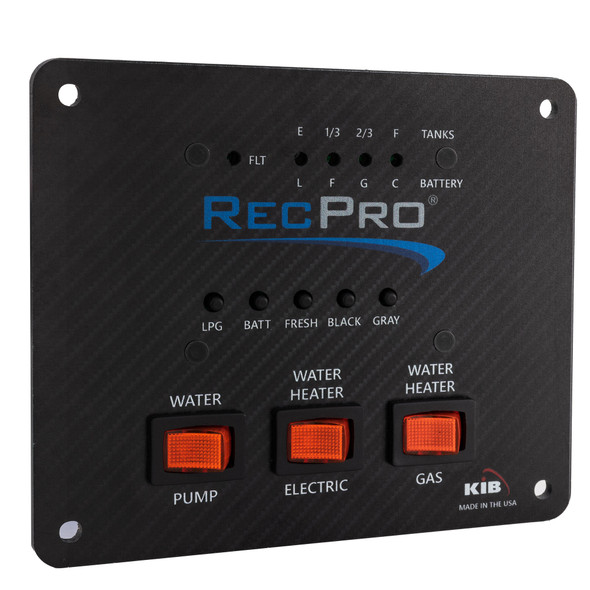
 $47.95
$47.95
 $47.95
$47.95
 $35.95
$35.95
 $23.95
$23.95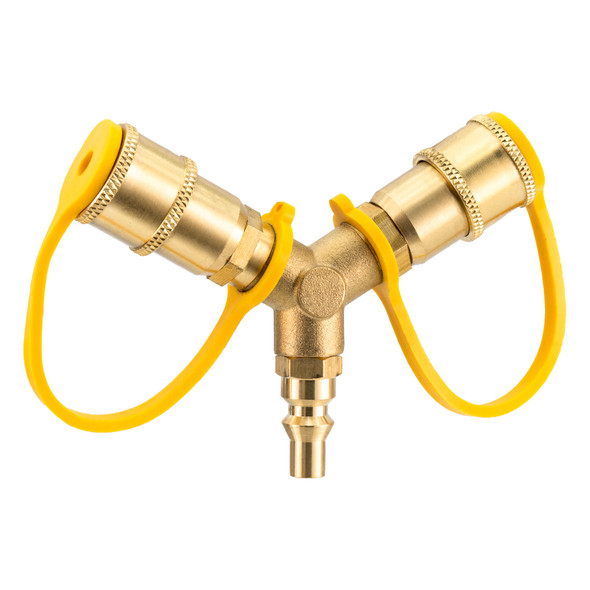
 $25.95
$25.95
 $23.95
$23.95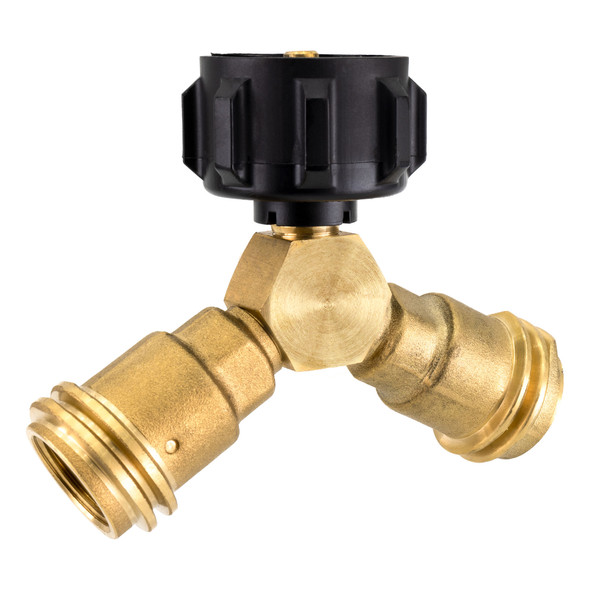
 $20.95
$20.95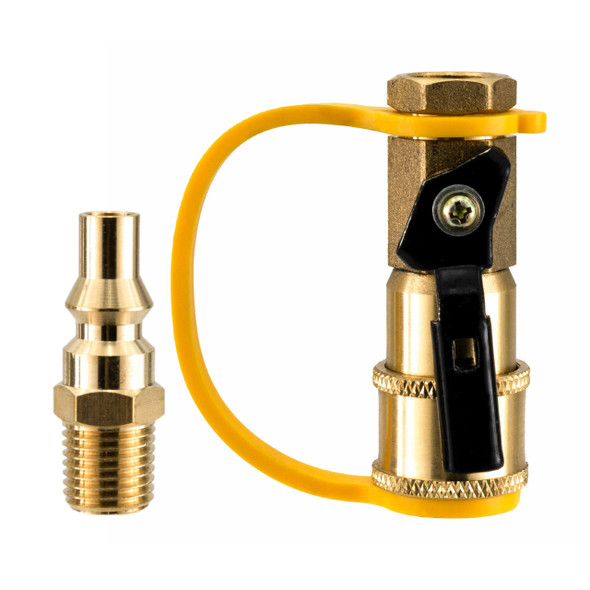
 $23.95
$23.95
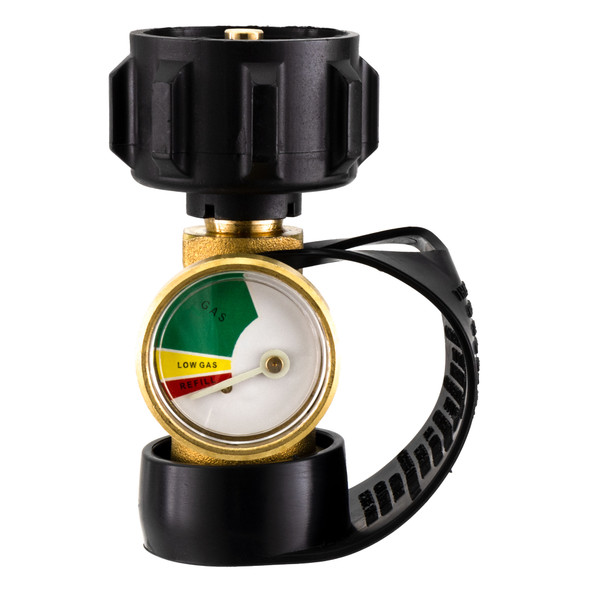 $20.95
$20.95
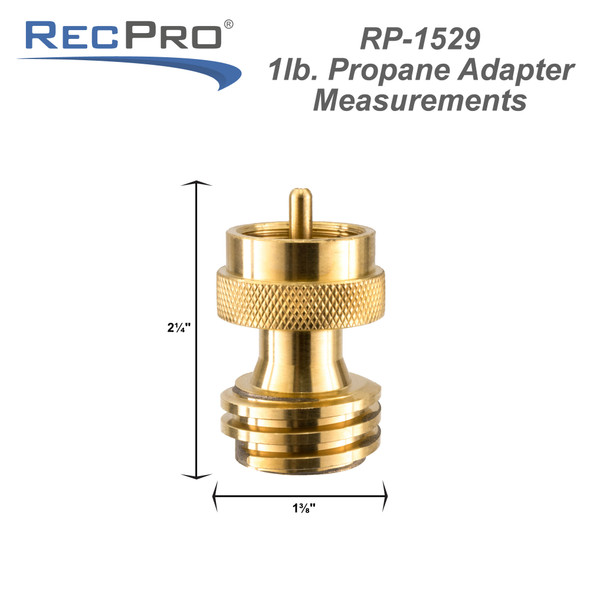 $12.95
$12.95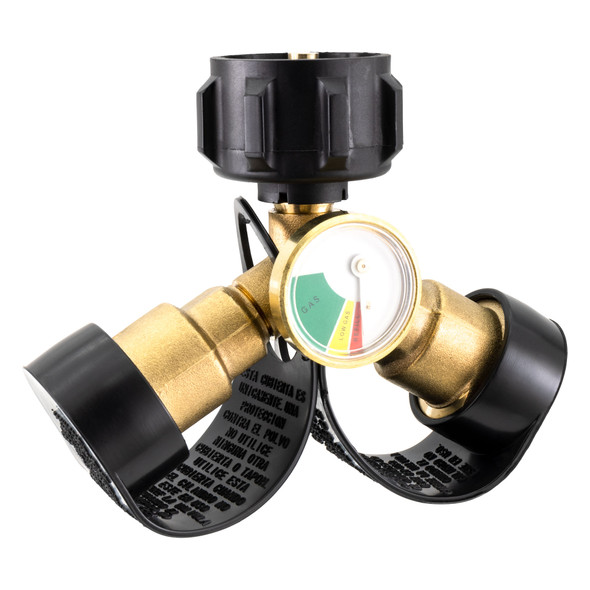
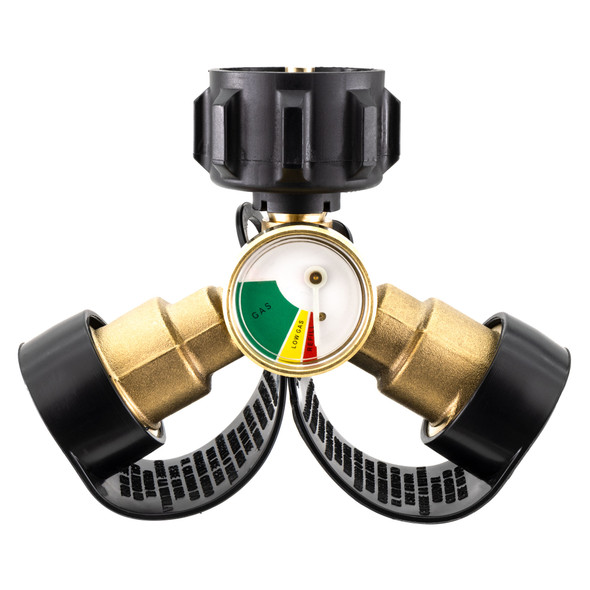 $25.95
$25.95
 $31.95
$31.95
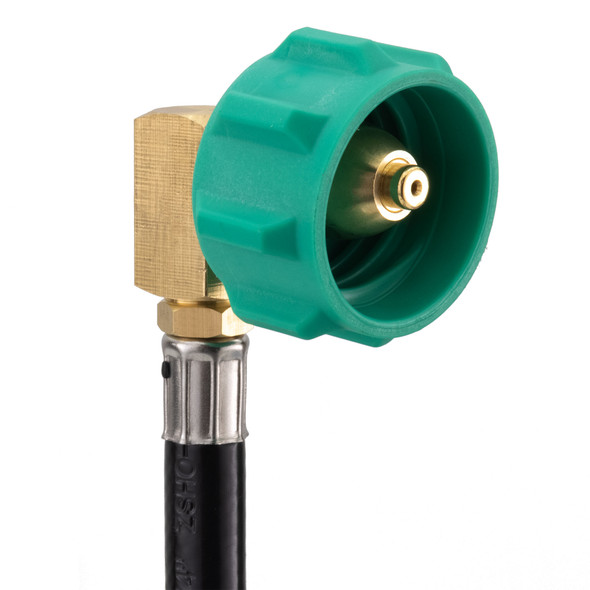 $31.95
$31.95
 $25.95
$25.95


